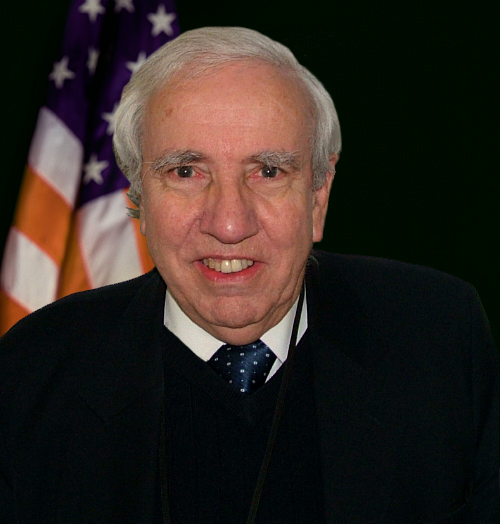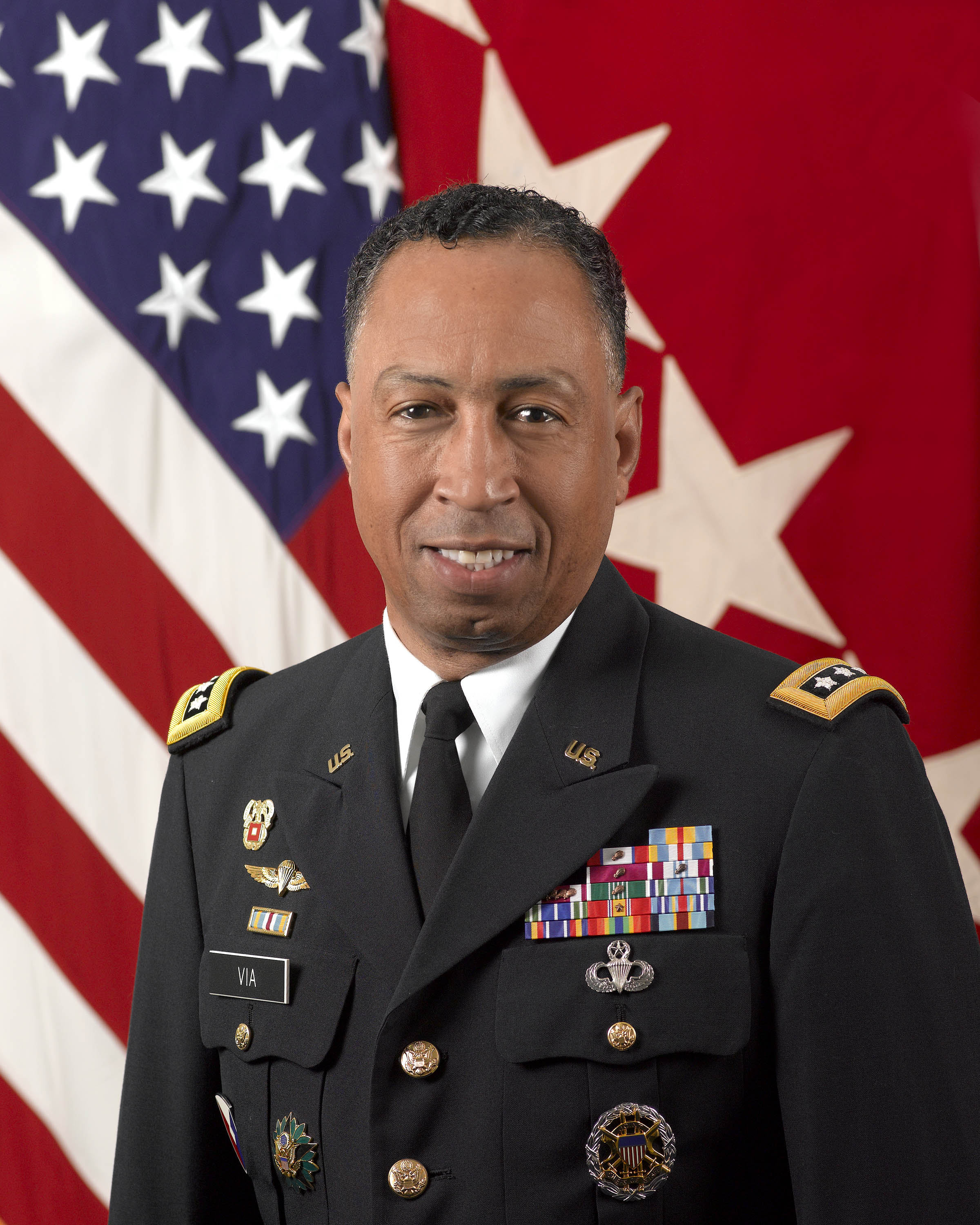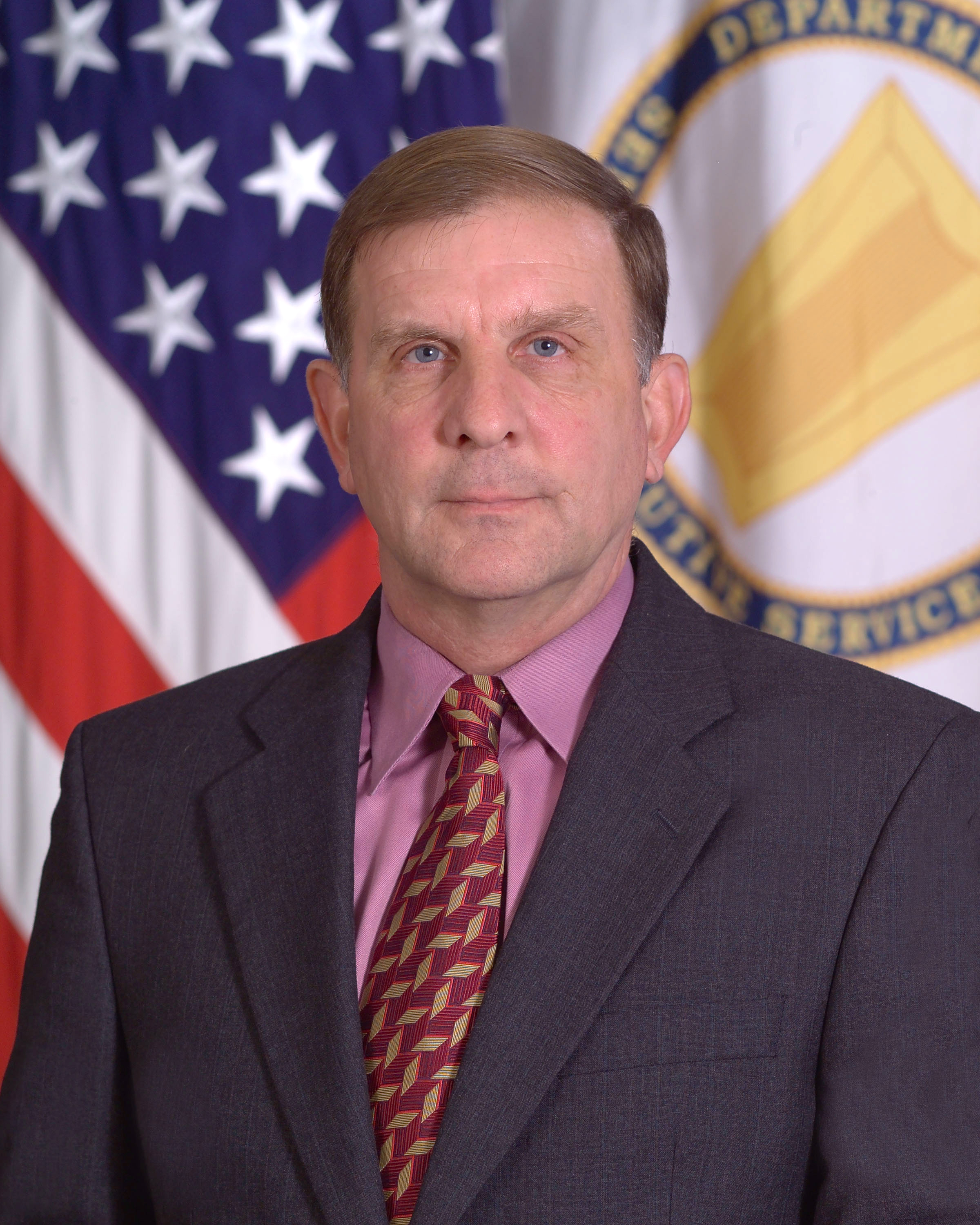Mr. Edward Bair

Mr. Edward Bair served 33 years as a government civilian, dedicating his career to the Program Executive Office (PEO) for Intelligence, Electronic Warfare and Sensors (IEW&S). As an original member of the PEO IEW&S since 1987, Mr. Bair has touched virtually every aspect of the organization and the systems it has fielded throughout the entirety of its history.
He served in roles including the Business Management Chief, Deputy to the PEO, and in 1999, he was the first civilian selected to serve as the PEO. During his eight years as PEO, Mr. Bair skillfully led the organization through the early phases of Operation Enduring Freedom and Operation Iraqi Freedom, fielding over 200,000 systems.
His budgetary expertise, skillful acquisition and adept leadership made him a mentor within the C5ISR community. He culminated his career as the longest tenured IEW&S senior leader.
Mr. Bair's recognitions include: Presidential Rank Executive Award; Executive Management Award from Association of Old Crows; Distinguished Graduate from National Defense University; U.S. Army Meritorious Civilian Service Award (twice); U.S. Army Military Intelligence Corps Knowlton Award, and others.
Watch Video Interview


